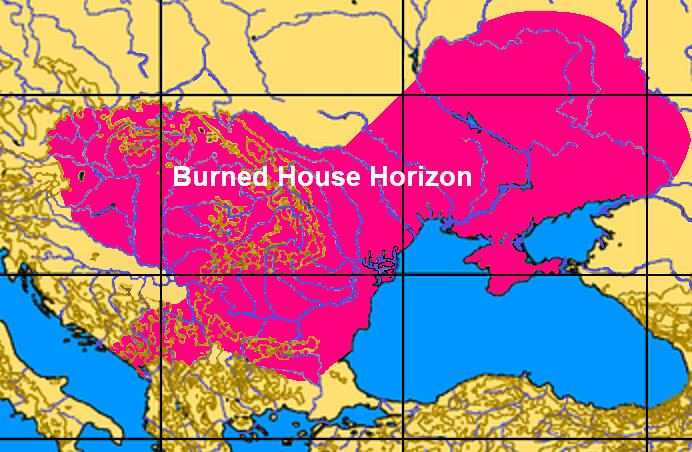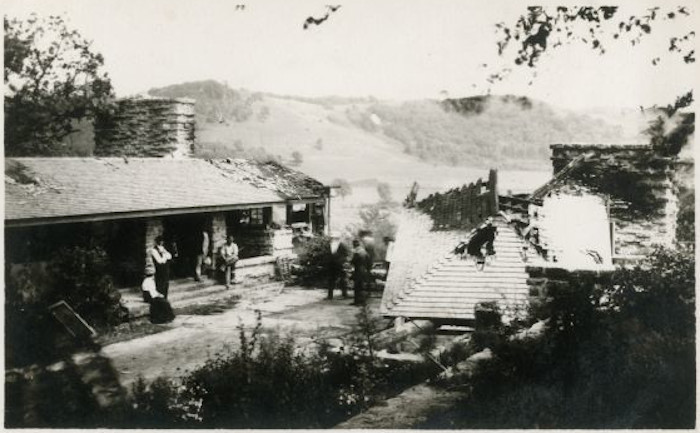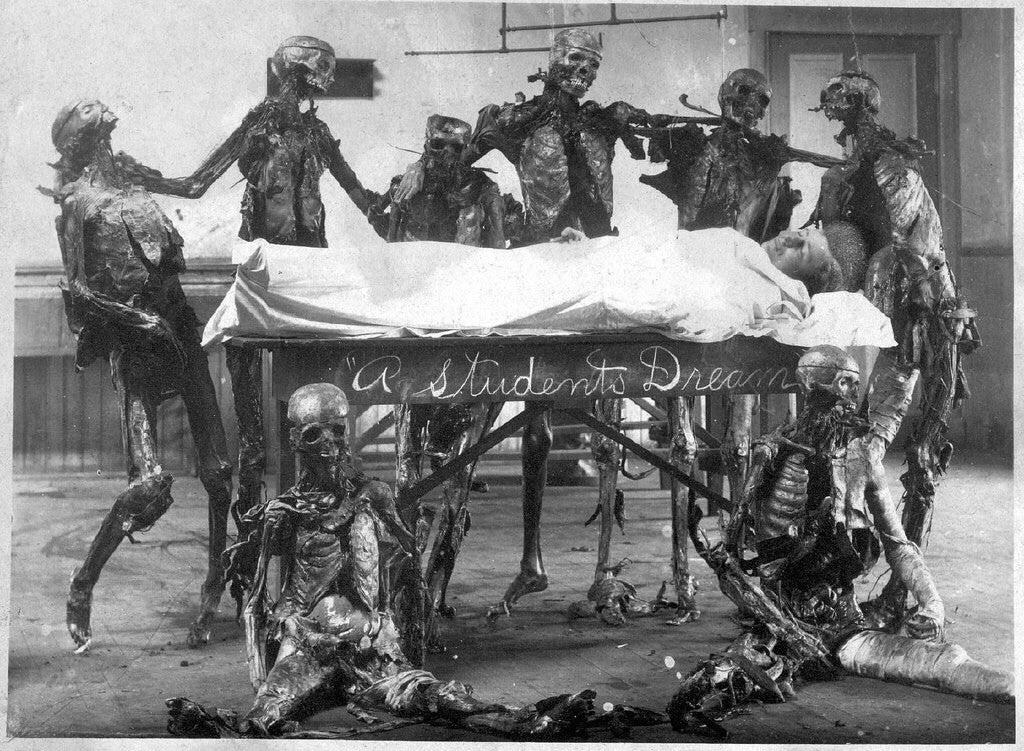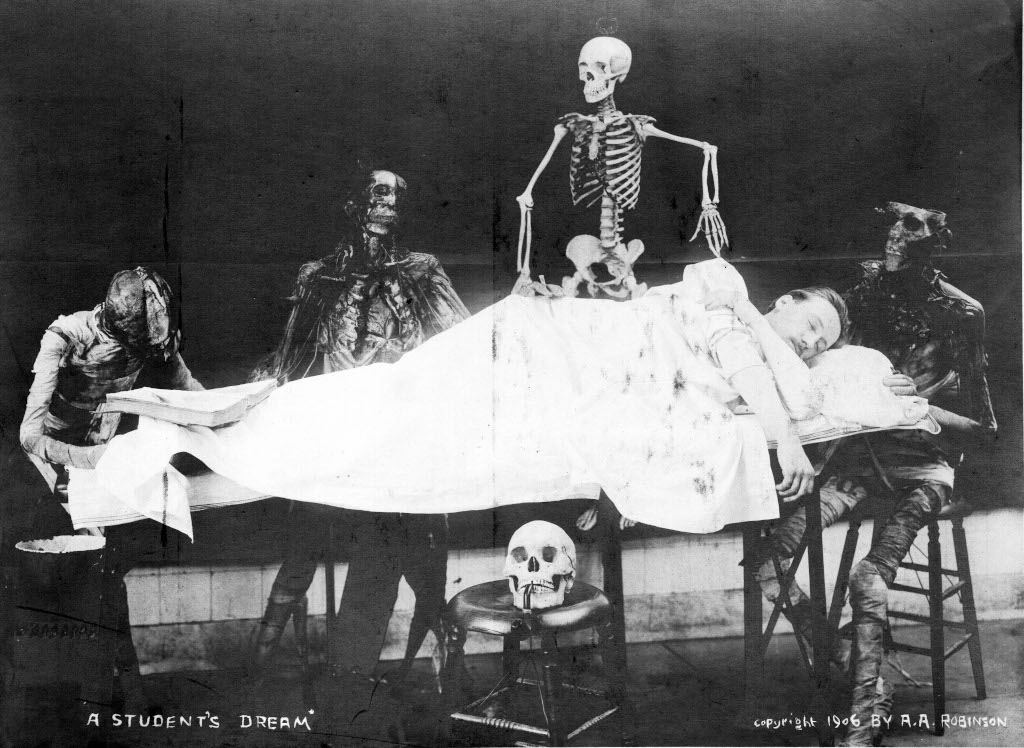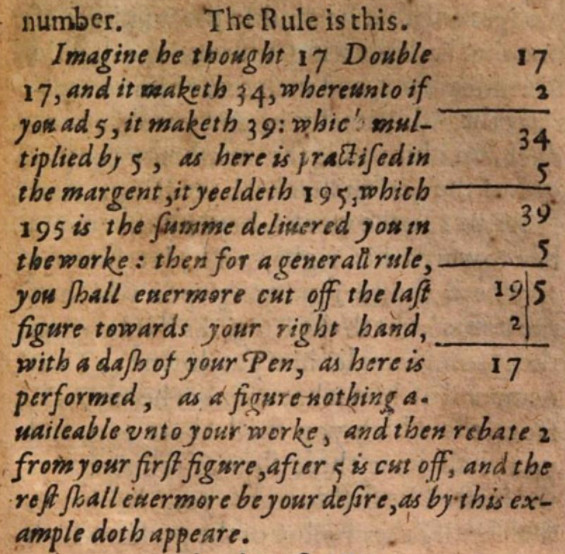
From Enrico Fermi’s eyewitness report on the first detonation of a nuclear device, July 16, 1945:
About 40 seconds after the explosion, the air blast reached me. I tried to estimate its strength by dropping from about six feet small pieces of paper before, during, and after the passage of the blast wave. Since, at the time, there was no wind I could observe very distinctly and actually measure the displacement of the pieces of paper that were in the process of falling while the blast was passing. The shift was about 2½ meters, which, at the time, I estimated to correspond to the blast that would be produced by ten thousand tons of T.N.T.
Radiochemical analysis of soil samples later indicated that the total yield had been around 18.6 kilotons of TNT.
10/09/2020 UPDATE: Here’s Fermi’s report. (Thanks, Sivaraam.)

